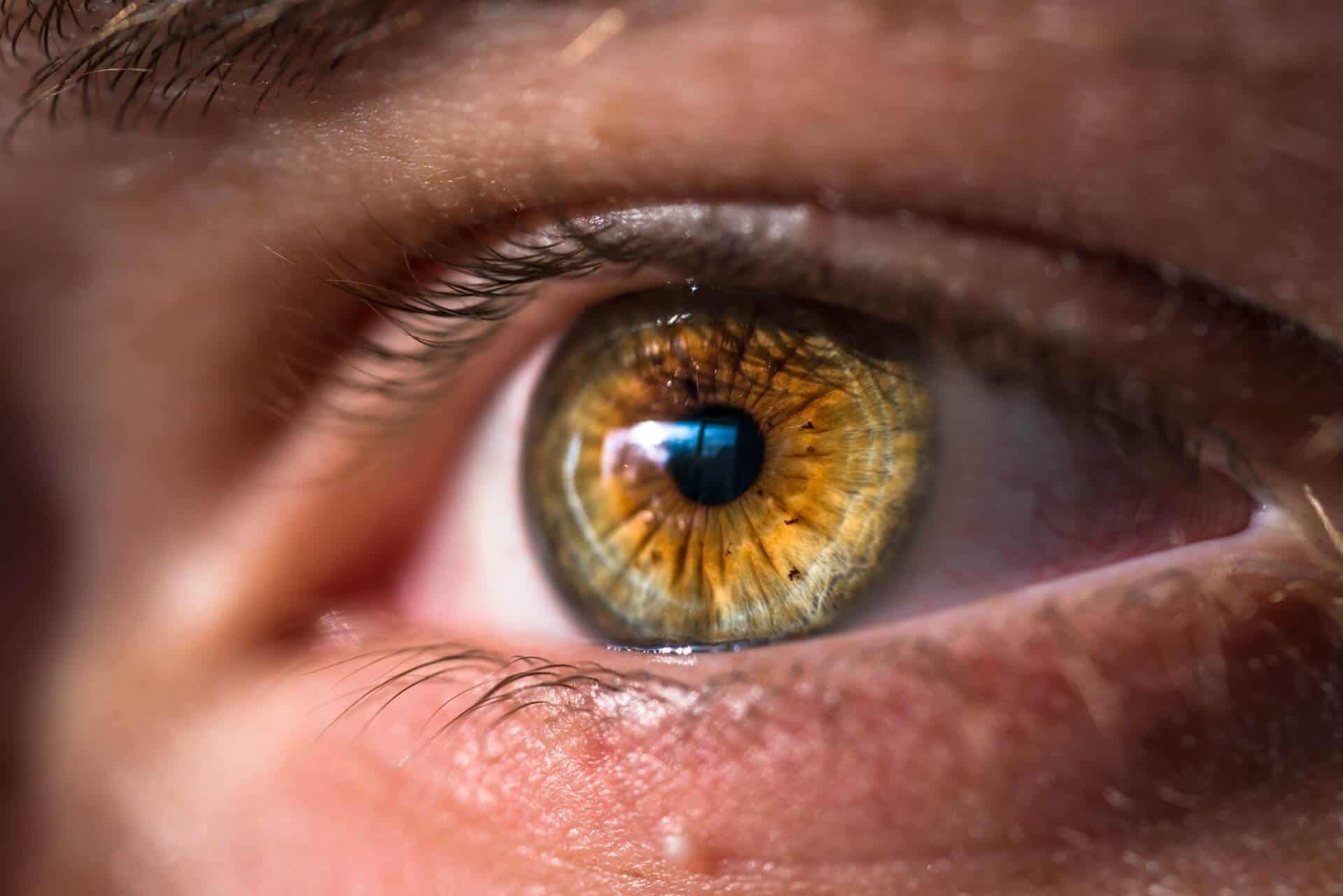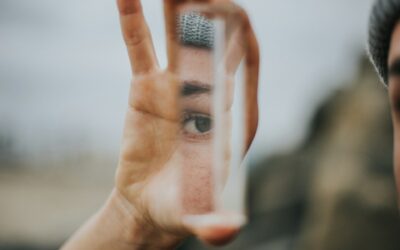A stye is a painless bump on the eyelid. Typically, a stye contains a mixture of fluid and solid tissue inside of the bump. One of the main treatment options for a stye is to have it drained by an eye doctor.
Definition of a Stye
A stye is an inflammatory condition that occurs when an oil gland inside the eyelid gets clogged and inflamed.
There is not a bacterial infection or viral infection in a stye, although both of these conditions can cause an eyelid bump.
A stye may occur on the inside or the outside of the eyelid but most styes will be visible to some degree from the outside of the eyelid when looking straight ahead.
Causes of a Stye
There is not a single cause of a stye but there are many different factors which can lead to developing a stye.
Since a stye is a blockage within an oil gland of the eyelid, anything that affects the oil glands of the eyelid can increase the risk of developing a stye.
This includes blepharitis (eyelid inflammation), dry eye syndrome, and a deficiency in omega-3 fatty acids.
Treatments for a Stye
Draining and removing the contents of the stye is only one of several possible treatments for a stye.
Other treatments can include using warm compresses on the eyelid daily, an injection of a steroid medication, or taking an oral medication such as a steroid or antibiotic.
Typically, a warm compress treatment is the first line treatment as it is the least invasive and easiest to complete.
While steroid injections or oral medications are both options for treating a stye, it is not uncommon to skip these treatments in favor of draining the stye as the drainage is more effective at eradicating the stye.
Draining a Stye
Since a stye contains both fluid and solid material, the drainage process includes different components including cutting the stye open, scooping out any solid material, and squeezing out any semisolid or fluid.
Since this is a minor surgical procedure, it is important not to attempt to perform this at home and to only allow a trained eye doctor to perform this procedure.
The doctor will apply a numbing medication to the eyelid and the eye to prevent any pain during the procedure.
Once the eyelid is numb, the doctor will use a scalpel to cut open the stye with a small incision.
After opening the stye, any solid contents will be scooped out with a small scoop that is designed to remove most of the contents.
Lastly, the stye will be squeezed with cotton tipped applicators to force any remaining fluid or material out of the bump and all of the material will be removed from the eye.
Healing from Draining a Stye
As with any minor surgery, there will be a healing process that accompanies draining a stye.
At the end of the procedure, the eye doctor will apply an eye patch and give an ointment to use on the eyelid daily.
The eye may be sore and red or bruised for a few days following the procedure.
It is important to follow up with your doctor and follow any instructions for post procedure care.





